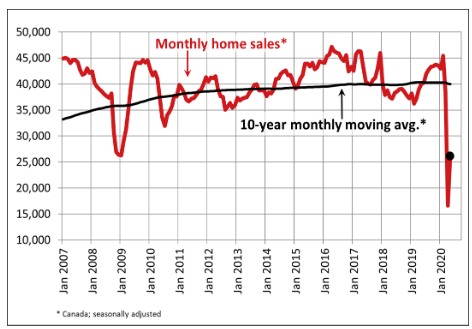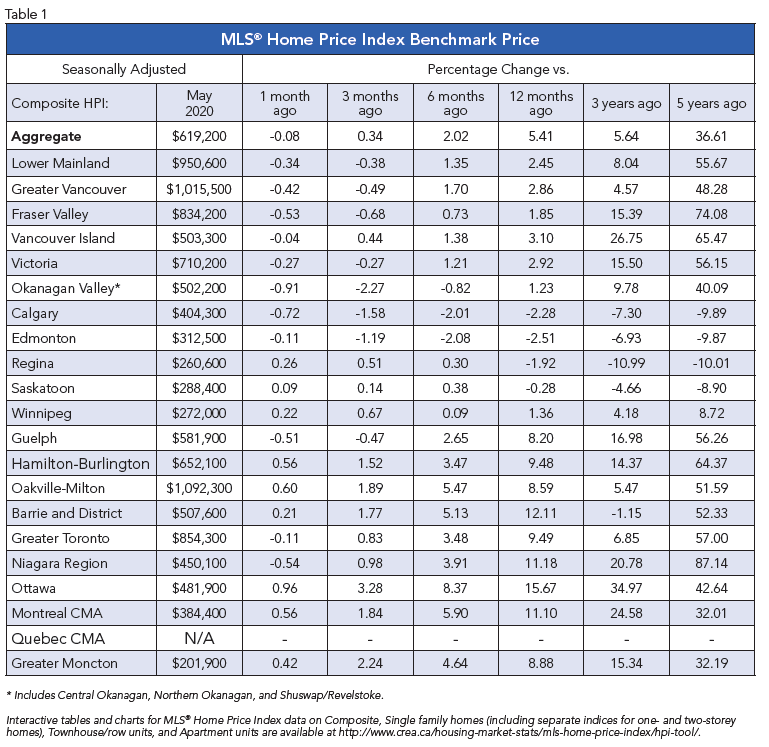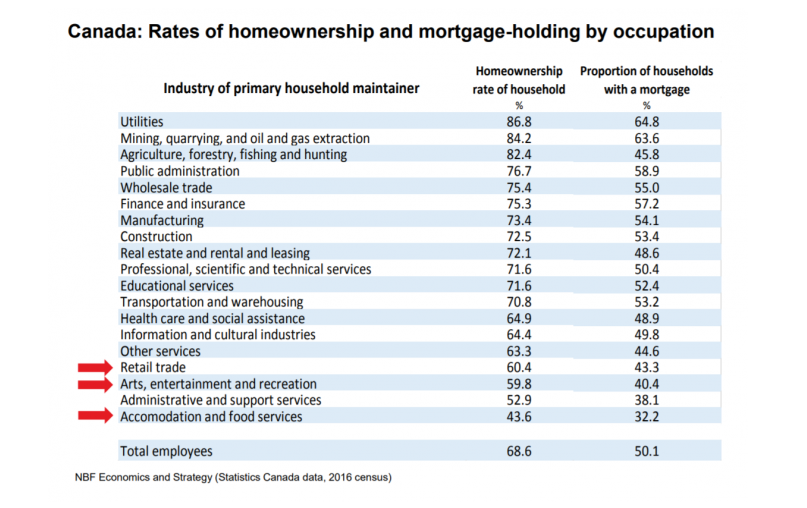
Once again, the Canadian Mortgage and Housing Corporation (CMHC) is tightening the criteria to get a mortgage with less than a 20% down payment. Any potential home buyer with less than a 20% down payment must purchase default insurance on their loan and have a minimum down payment of 5%. CMHC is a federal Crown Corporation that provides such default insurance. Its mandate is to help Canadians access affordable housing options. Providing mortgage insurance to home buyers is one of its main activities. Mortgage default insurance protects lenders in the event a borrower ever stopped making payments and defaulted on their mortgage loan–a very infrequent occurrence in Canada.
There are private providers of default insurance as well–Genworth Financial Canada and Canada Guaranty. CMHC is the only insurer of mortgages for multi-unit residential properties, including large rental buildings, student housing, and nursing and retirement homes. It is the largest provider of mortgage default insurance by far and is also the primary insurer for housing in small and rural communities.
Investment properties are not eligible for mortgage insurance. Because of this, the buyer needs at least a 20% down payment to buy an investment property. Homes costing more than $1 million, as well, are not eligible for mortgage insurance. Typically, the lender chooses the mortgage insurer.
Why is CMHC Tightening Qualifications?
The economics team at CMHC has predicted that owing to the pandemic lockdown, home prices will likely fall by 9% to 18% over the next 12 months. They also believe that it will take at least two years for prices to return to pre-pandemic levels. The CMHC forecast for the economy is more pessimistic than many other forecasts, particularly that of the Bank of Canada, which asserted yesterday that the outlook for the economy was better than their April forecast suggested. Moreover, CMHC acknowledges the high degree of uncertainty associated with any forecast at this time. The Crown Corporation
highlights the post-shutdown job losses, business closures and the drop in immigration that adversely affect Canadian housing.
They also have emphasized the 15% of existing mortgages that are now in deferral and believe there is a risk that 20% of all mortgages could be in arrears when deferrals end. Their stated justification for tightening qualification requirements is “to protect future home buyers and reduce risk“.
What Are These Changes In Underwriting Policies
Effective July 1, the following changes will apply for new applications for homeowner transactional and portfolio mortgage insurance:
- The maximum gross debt service (GDS) ratio drops from 39 to 35
- The maximum total debt service (TDS) ratio drops from 44 to 42
- The minimum credit score rises from 600 to 680 for at least one borrower
- Non-traditional sources of down payment that increase indebtedness will no longer be treated as equity for insurance purposes
CMHC goes on to say that “to
further manage the risk to our insurance business, and ultimately taxpayers, during this uncertain time, we have also suspended refinancing for multi-unit mortgage insurance except when the funds are used for repairs or reinvestment in housing. Consultations have begun on the repositioning of our multi-unit mortgage insurance products.”
Here’s What We Know So Far
Anecdotal reports suggest that it is likely that private default insurers will not match CMHC’s lower debt ratios. They might, however, be more selective in their approval processes.
Canadian fiscal and monetary authorities are expending huge sums to keep the economy afloat, cushion the blow of the shutdown, and to make sure ample credit is available. These actions are intended to minimize unnecessary insolvencies. It is, therefore, surprising that a federal Crown Corporation would take these pro-cyclical actions now.
The exact impact of these changes will not be known until more details are available: How the Big Banks will respond with their own prime mortgage underwriting rules; how these new rules will apply to the securitization market; and how far the private default insurers will go along with these new rules.
Suffice it to say that this batters buyer and seller confidence and, all other things equal, has a net negative impact on the near-term housing outlook. Most importantly, in my view, these changes are unnecessary to protect the prudence of Canada’s home lending practices. Mortgage delinquency rates are meager, and even the Bank of Canada’s forecast is for delinquencies to remain less than 1% of all outstanding mortgages. Moreover, home buyers with jobs who meet former qualifications would undoubtedly have a longer than two-year time horizon when buying their first homes. They were already qualifying at the posted rate that is more than 250 basis points above the contract rate. If anything, the pandemic recession assures that interest rates will remain very low over the next two years.




